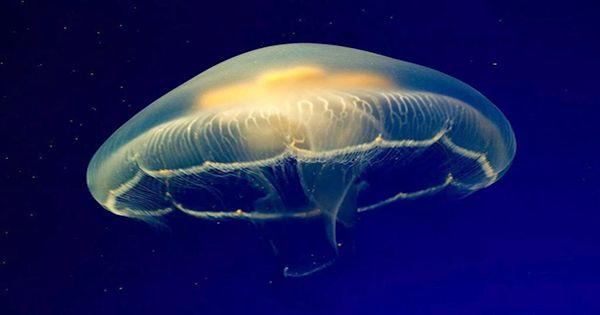Atomic gardening arose from the efforts of Atoms for Peace in the 1950s to find alternate, more beneficial uses for fission energy in the aftermath of World War II’s devastation. The approach, sometimes known as “gamma gardens,” looked into the effects of radiation on plants and then attempted to produce favorable mutations. Plants on the innermost rows were closest to the source of the radiation, which was usually cobalt-60. Atomic gardens were frequently built in concentric circles. The goal was for the radioactive source to provide varied levels of radiation so that plants of the same species would be impacted differently.
Those towards the center who were exposed to the highest doses of radiation may have been burned or killed, while plants further back would have undergone alterations that were undetectable to the naked eye as their DNA was altered and mutated. These mutations had the potential to kill or sterilize the plant, but they also had the potential to add advantageous features.
It was thought that by bombarding plants with radiation, more opportunities for harvesting the favorable breed of mutation would arise by speeding up the rate at which mutations occurred. Plants normally undergo mutations, but exposing them to radiation accelerates the process dramatically. From the United States to Europe, India, and Japan, atomic gardens began to spring up all over the world. Muriel Howorth, an atomic campaigner in the United Kingdom, founded the Atomic Gardening Society (AGS) in 1959 with the purpose of encouraging regular people to include the practice in their gardening.
The AGS tasked participants with cultivating irradiated seeds at home and reporting back on the results in order to identify beneficially altered plant strains. Howorth was the delighted owner of a 0.6 meter (2 feet) tall peanut plant that produced abnormally huge nuts in one success story. According to The Dispatch in 1959, the radioactive peanut plant was the consequence of a peanut seed being subjected to 17 times the amount of radiation required to kill a person. Its advantageous characteristics were derived from mutations that “would take nature millions of years to [create].” “It was done in minutes by radiation.”
It’s very likely that you’ve tried some atomic produce. According to Neo Life, the Red Rio Grapefruit was created by atomic gardening and is known for its redder-than-red flesh, while Golden Promise barley is thought to be responsible for any whiskey aged 35 to 40 years old today. However, some of the alterations were beneficial to plant health as well as increasing flavor. When sickness threatened to wipe them out, a virus-resistant mutant of a species of cacao tree developed in Ghana using radiation came to their rescue.
What about exhibiting nuclear power’s “bright side”? Because of the haphazard nature of the mutations’ appearance, the technology lost favor with scientists, and as public worry about radiation and cancer mounted, atomic vegetables began to lose appeal across the board. While descendants of the atomic garden era are still available, gene-edited foods are now made using different technologies such as CRISPR. Foods that have been genetically modified (GMO) can also be produced, such as the antioxidant-rich purple tomato that contains anthocyanin, the “superfood” component found in blueberries.
















